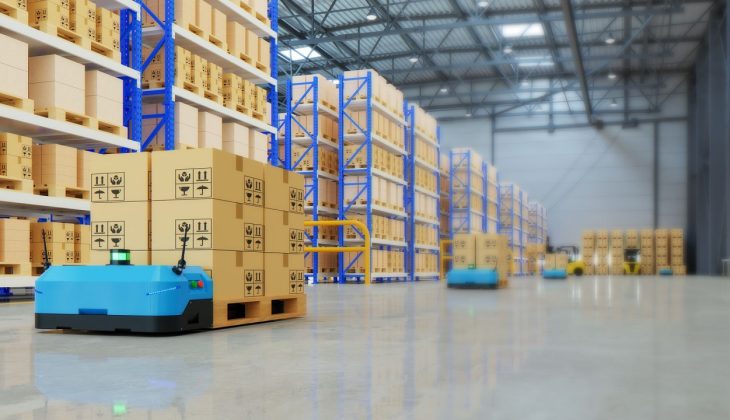Warehouse robotics companies have become a key driver of change across the supply chain industry. With the rapid growth of e-commerce and increasing consumer demand, the need for faster, more efficient, and cost-effective supply chain solutions is more urgent than ever. warehouse robotics companies firms are stepping up to streamline operations, reduce labor costs, and enhance overall productivity. Here’s a closer look at how these companies are transforming supply chains and the benefits businesses are reaping.
The Rising Role of Robotics in Warehousing
Warehousing has long relied on manual labor for tasks like picking, sorting, stacking, and moving products. However, trends now show a significant shift towards automation. Statista projects the global warehouse robotics market will grow at a compound annual growth rate (CAGR) of over 11% during 2023–2030. This growth comes as companies increasingly look to robotics technology to meet surging customer demands and address labor shortages.
From automated guided vehicles (AGVs) to robotic arms and autonomous mobile robots (AMRs), robotics companies are offering solutions designed to tackle operational inefficiencies. These innovations are not just a short-term trend—they’re revolutionizing how businesses approach logistics.
Key Statistics
90% of warehouse operators increased their investment in automation after 2020, according to a global logistics survey.
A McKinsey report estimates that automation can reduce order-to-shipment times by 50%.
Research predicts that by 2030, 45% of existing warehouse tasks will be performed by robots.
These statistics highlight the acceleration of robotics and AI integration across supply chain industries.
1. Speeding Up Productivity with Precision
The primary advantage of warehouse robotics lies in their ability to execute repetitive tasks with unparalleled accuracy and speed. Traditional manual methods often lead to inefficiencies and errors, particularly during high-demand periods. Robotics addresses this challenge by streamlining workflows.
For instance, AMRs equipped with advanced navigation systems can autonomously pick and transport goods while avoiding obstacles within warehouses. This reduces reliance on human workers and makes operations faster and smoother.
Benefit for Businesses: Faster order fulfillment leads to higher customer satisfaction and retention rates.
2. Reducing Costs and Errors
Labor shortages and increasing wages make operational costs a serious pain point for businesses. Warehouse robotics provides a cost-effective alternative to manual processes. Robots don’t require paid breaks, sick leave, or overtime pay, and they significantly reduce the likelihood of costly errors, such as picking the wrong item for an order.
An automation pilot by a leading retail chain revealed that integrating robotics reduced picking errors by 70%, translating into significant cost savings.
Benefit for Businesses: Reduced operational costs without compromising accuracy.
3. Optimizing Warehouse Space
Robotic systems allow businesses to maximize their physical space. Unlike human workers, robots don’t require wide walkways to maneuver, making it possible to create more compact storage zones. Vertical shelving systems can also be made more accessible with robotic arms.
Robotics companies are focusing on solutions to help businesses make better use of their warehouses. For example, vertical storage retrieval systems and smart lift robots are designed to optimize stacking and inventory management.
Benefit for Businesses: Increased storage capacity without the need for costly expansions.
4. Data-Driven Insights via AI Integration
One of the most impactful contributions of robotics companies is the integration of artificial intelligence. Smart robots collect valuable data during their tasks while leveraging AI to analyze and optimize operations.
For instance, predictive analytics can identify patterns and anticipate demand cycles. The integration of machine learning allows businesses to improve forecasting and stay ahead of inventory challenges.

